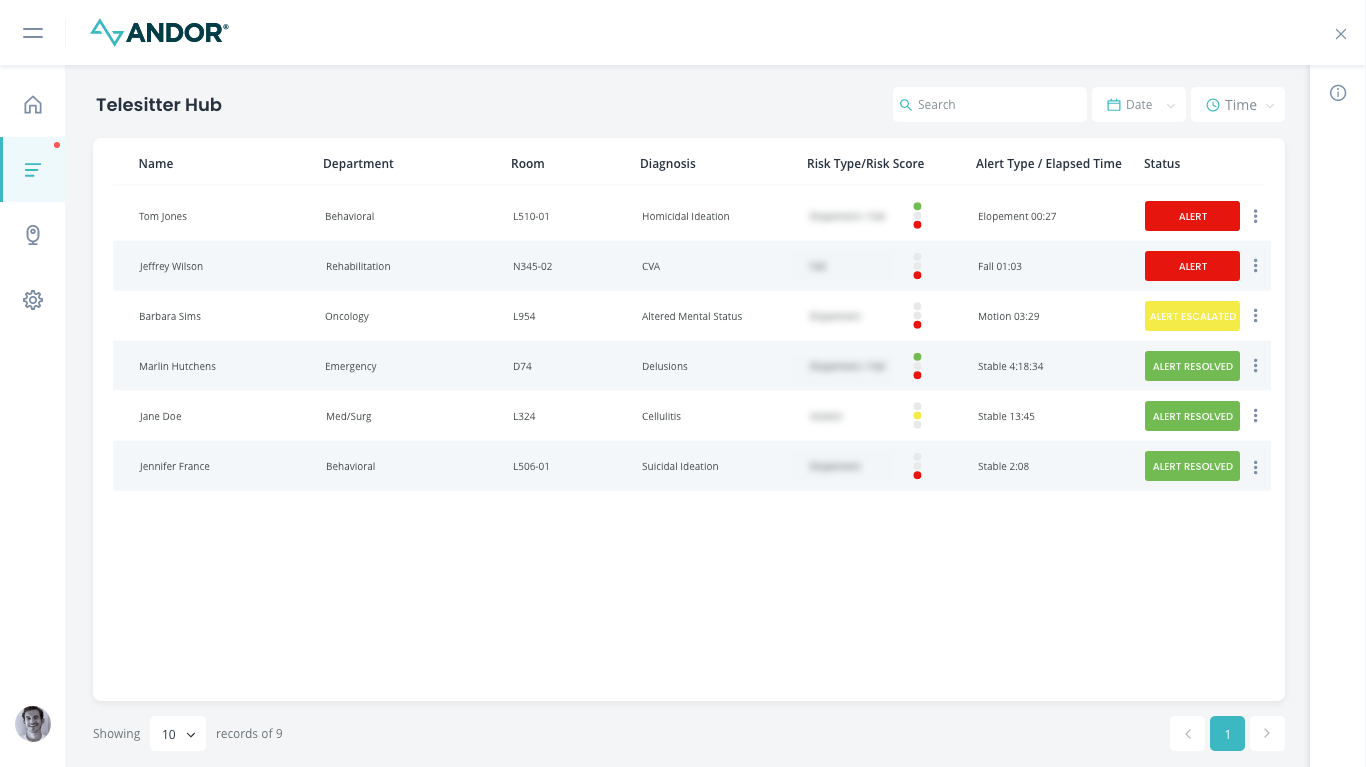
Joshua G. Briscoe, MD
As Chief Medical Officer, Joshua Briscoe, MD focuses on shaping the development and evolution of Andor Health’s innovative mobile care team collaboration and communication solutions to help reduce clinician burnout, streamline operational efficiency and improve patient health outcomes.
Anywhere the struggle is great, the level of ingenuity and inventiveness is high.
- Eleni Zaude Gabre-Madhin
This sentiment has been made salient by the pervasive reality of the COVID-19 pandemic. Yes, most of us, especially in the medical field, have faced unimaginable difficulties; but we’ve also experienced the other side of the spectrum. We’ve had the opportunity to witness how these difficulties have brought out the best in people; including the ingenuity to solve some of healthcare’s most persistent problems.
Technologies like virtual care have gone from obscure to ubiquitous, becoming an essential component of a sustainable, long-term healthcare strategy for health systems. The adoption of new applications of virtual care, like Telesitting, are opening new doors, allowing for improved quality care delivery and the preservation of health system resources.
As skilled nursing facilities, rehab facilities, hospitals and health systems find themselves struggling to balance staffing challenges with increased patient needs, Telesitting is being adopted as a first line of defense for monitoring at-risk patients. Traditionally, patients at-risk of falling, harm, elopement, etc., have required 1:1 full-time monitoring, straining already thinly stretched clinical resources.
With AI-enabled Telesitting from ThinkAndor®, patients are monitored virtually on a 1:many platform. Utilizing video, microphone and in-room devices and sensors, one clinician is able to effectively monitor multiple patients virtually and be immediately alerted to patient movement, fall or other adverse event that requires intervention. Here are a few real-world examples of the technology at-work.
- A patient requiring monitoring, who is at-risk for fall, positions themselves to sit up in their bed. The AI-powered Telesitting technology immediately recognizes this movement and alerts the clinician that the patient may be trying to get out of bed and directs an intervention.
- Patients who are known for violent or aggressive behavior, at-risk of hurting themselves/others, or elopement have been traditionally monitored on a 1:1 basis. With Telesitting, one staff member is empowered to monitor multiple patients safely and effectively, or act as a compliment to an in-person sitter. In this instance, the AI-technology would alert the “telesitter” if the patient moves towards the door or takes an action that could be recognized as a precursor to self-harm.
Of course, Telesitting is not appropriate for all at-risk patients, but with ThinkAndor’s embedded risk assessment tools for multiple risk types, staff can effectively determine safe candidates; resulting in preserved resources, an empowered staff, and better outcomes for patients.
The transformation of healthcare is upon us. I’m grateful that the ingenuity that drives innovative sustainable healthcare solutions is thriving and is empowering all healthcare personnel to consistently deliver better care for our patients.
